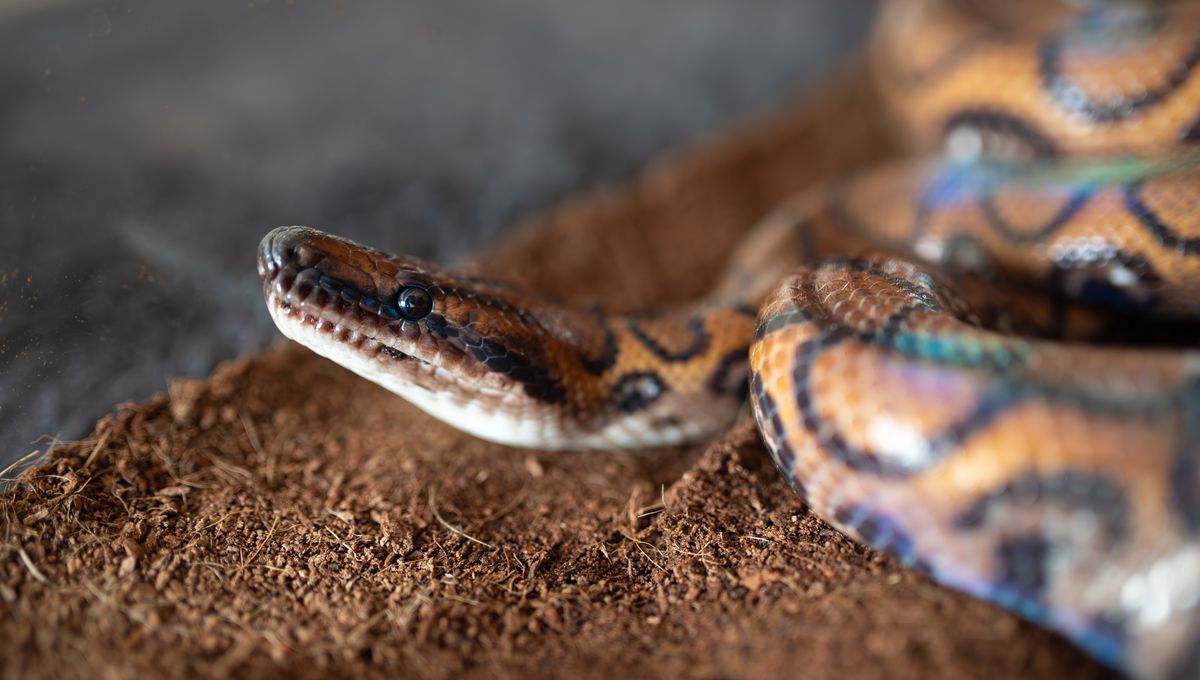
Ronaldo the boa was believed to be a male who had happily spent the past nine years alone at a school in the UK. So, you can imagine the surprise when students came to class one day and found the 13-year-old snake had given birth to 14 babies.
“One of the students discovered them during a routine vivarium check. At first, we thought she must have been mistaken. We couldn’t believe our eyes!” Amanda McLeod, an animal care technician at the City of Portsmouth College, said in a statement.
Ronaldo, a 13-year-old Brazilian rainbow boa, was previously declared to be male by a veterinarian – but clearly, this isn’t the case.
“Ronaldo had been looking slightly fatter than usual, like he’d eaten a big meal, but we never thought for a moment that he, or should we say she, was pregnant,” added Pete Quinlan, a reptile specialist at the college.
Despite not being in contact with another snake for almost a decade, the boa managed to reproduce through a rare process called parthenogenesis, stemming from the term “virgin birth” in Greek.
It is a form of asexual reproduction whereby an embryo develops without the need for an egg’s fertilization. Different species pull off this feat using a variety of mechanisms, but one of the more common ones in vertebrates involves the egg merging with cells called polar bodies, which contain genetic material left over from egg cell formation.
“I’ve been breeding snakes for 50 years and I’ve never known this happen before. Effectively the babies are clones of their mother although their markings are all slightly different,” added Pete Quinlan, a reptile specialist at the college.
Although rare, parthenogenesis has been documented in various species of insects, amphibians, birds, reptiles, and fish. City of Portsmouth College says this is only the third time it has been reported in a captive Brazilian rainbow boa.
The rare reproduction method occurs in response to a lack of viable males. Scientists are not certain how the animal triggers the process, although environmental change may sometimes be a factor. For instance, in aphids, overcrowding and predation may cause females to opt for parthenogenesis, while high salinity sparks the process in some species of freshwater plankton.
Snakes have a whole host of reproductive tactics to utilize in times of need. Another strategy used by female snakes is long-term sperm storage, which allows them to produce offspring after prolonged separation from males. In one instance, scientists documented a wild-collected female Western Diamond-backed Rattlesnake that gave birth to two healthy litters around six years after it had contact with a male, marking the longest vertebrate sperm storage ever recorded.
Source Link: Ronaldo The Solitary Brazilian Boa Has 14 Babies In Rare "Virgin Birth"